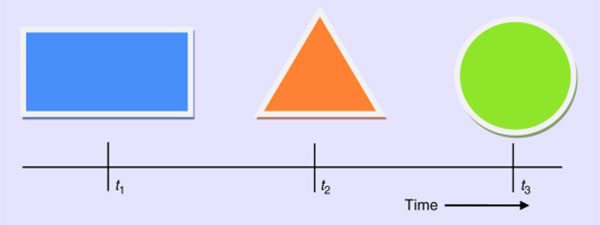
After decades of advances in signal processing, this article goes back to square one, when the word signal was defined. Here we investigate if everything is all right with this stepping stone of defining a signal.
Relevance
We may remind ourselves of our high school days when not using the term rectilinear motion, i.e., motion in a straight line [1], in the definition of Newton’s first law, would be grossly unacceptable to our instructors and the scientific community at large. As a matter of fact, the same accuracy is expected while framing any scientific statement. Unfortunately, there may be few exceptions to this practice of precision, and perhaps such an exception occurs when we try to answer the question “What is a signal?”
Although there is a common agreement that a signal in its most generic sense is rather abstract, it should not be the case with engineers particularly dedicated to signal processing. Moreover, our acceptance of a somewhat unclear definition of any subject challenges our basic understanding of it; this makes our investigation all the more relevant.
Prerequisites
As we go ahead with our task, general knowledge of algebra, functions of multiple variables, trigonometry with compound angles, and angular frequency are expected. In short, knowledge of undergraduate electrical or electronics engineering shall be more than a sufficient prerequisite.
Problem statement and solution
We pull some statements from a few of the established references that define a signal. Reference [2] states, “The signals, which are functions of one or more independent variables, contain information about the behavior or nature of some phenomenon.” As to [3], “A signal, as the term implies, is a set of information or data.” In [4], a signal is formally defined as “a function of one or more variables that conveys information on the nature of a physical phenomenon.”

